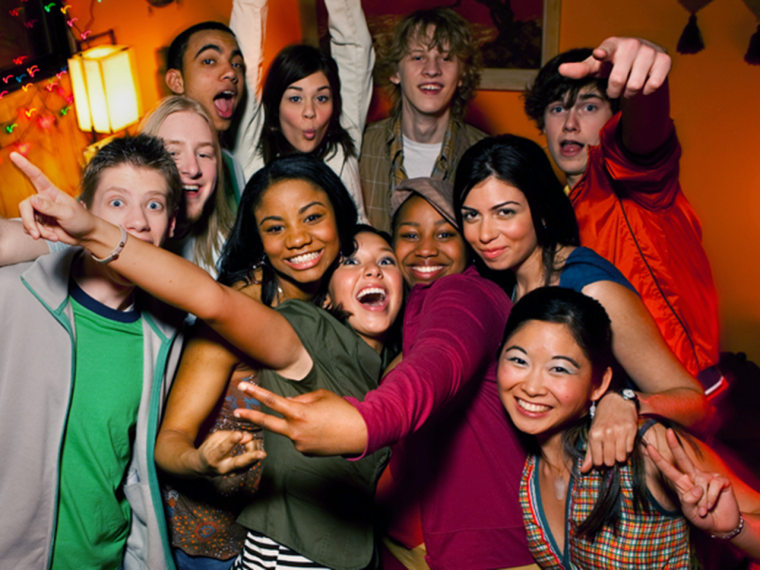If you’re dressing up for Halloween tomorrow, make it a group costume. People seem more attractive when they’re part of a group than when they’re on their own, a new study says.
The paper repeatedly references a season four episode of “How I Met Your Mother”: Ted sees a group of girls in the bar that he wants to hit on, but before he does, Barney warns him of the “cheerleader effect” -- the idea that people seem better-looking in a group than when scrutinized individually.
"Also known as the Bridesmaid Paradox, the Sorority Girl syndrome and, for a brief period in the mid-nineties, the Spice Girls conspiracy," the Neil Patrick Harris character says. (I'd also like to add the Boy Band Illusion here, something countless millennials fell prey to in the mid- to late-nineties.)
In this study, published in the journal Psychological Science, researchers rounded up undergrad students from the University of California, San Diego, and asked them to rate the attractiveness of the people in 100 group photographs. (In one experiment, the group pictures were of women; in the second, it was all men.)
First, the group photos were presented as is, and then the study participants rated each individual person in cropped versions of the pictures. On average, the volunteers rated the people in the groups as being about 5.5 percent more attractive than those same people when they were presented solo. That's not a huge difference, but this is an area where every little boost counts.
The study authors, Drew Walker and Edward Vul of UC San Diego's psychology department, didn’t test why people appear to be better-looking when in a group than when on their own, but they have a few theories.
When objects are grouped together, they all start to look the same to us -- our minds lump them all together and perceive them as one thing. And past studies have shown that a composite image of a number of different faces tends to be perceived as more attractive than the individual faces that make up that composite, Walker and Vul write.
“Thus, having a few wingmen – or wingwomen – may indeed be a good dating strategy," the authors write, "particularly if their facial features complement, and average out, one’s unattractive idiosyncrasies."
